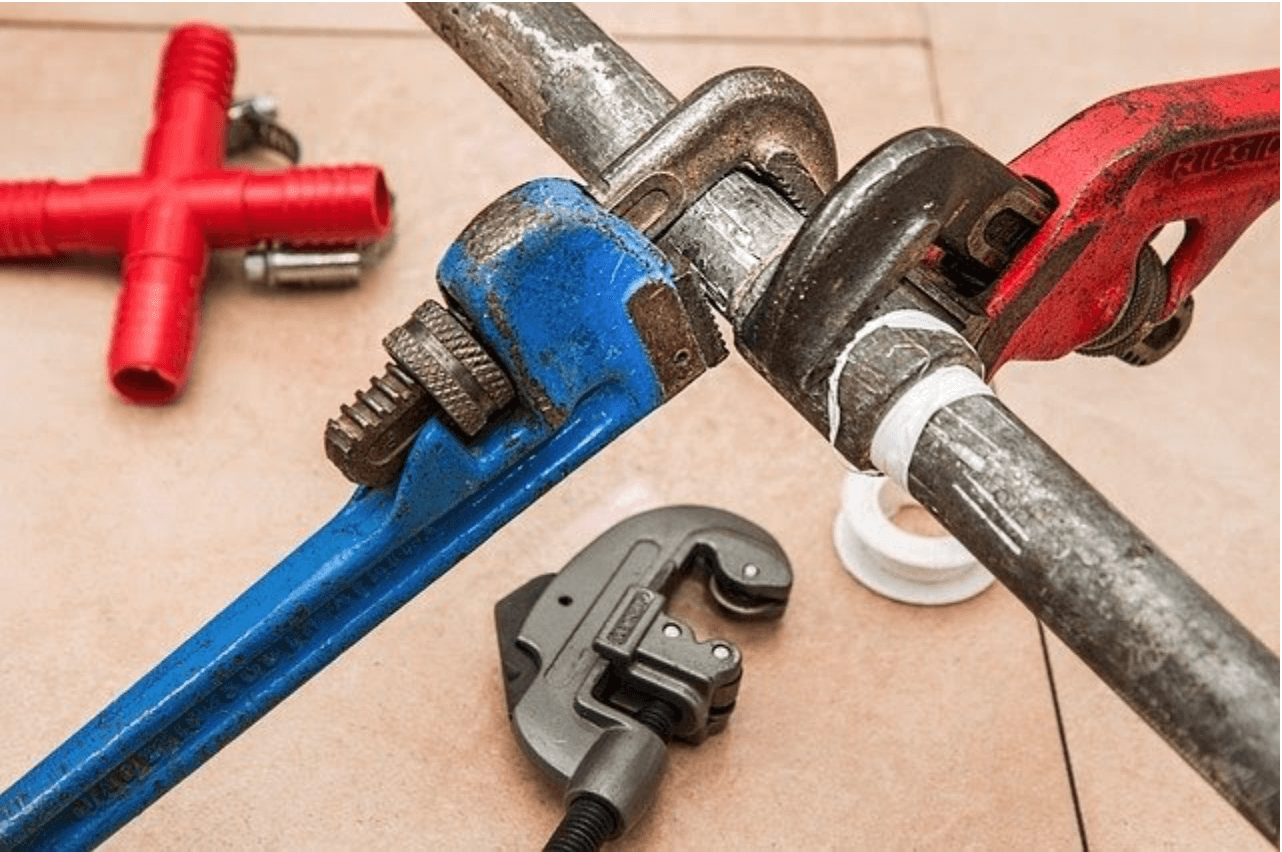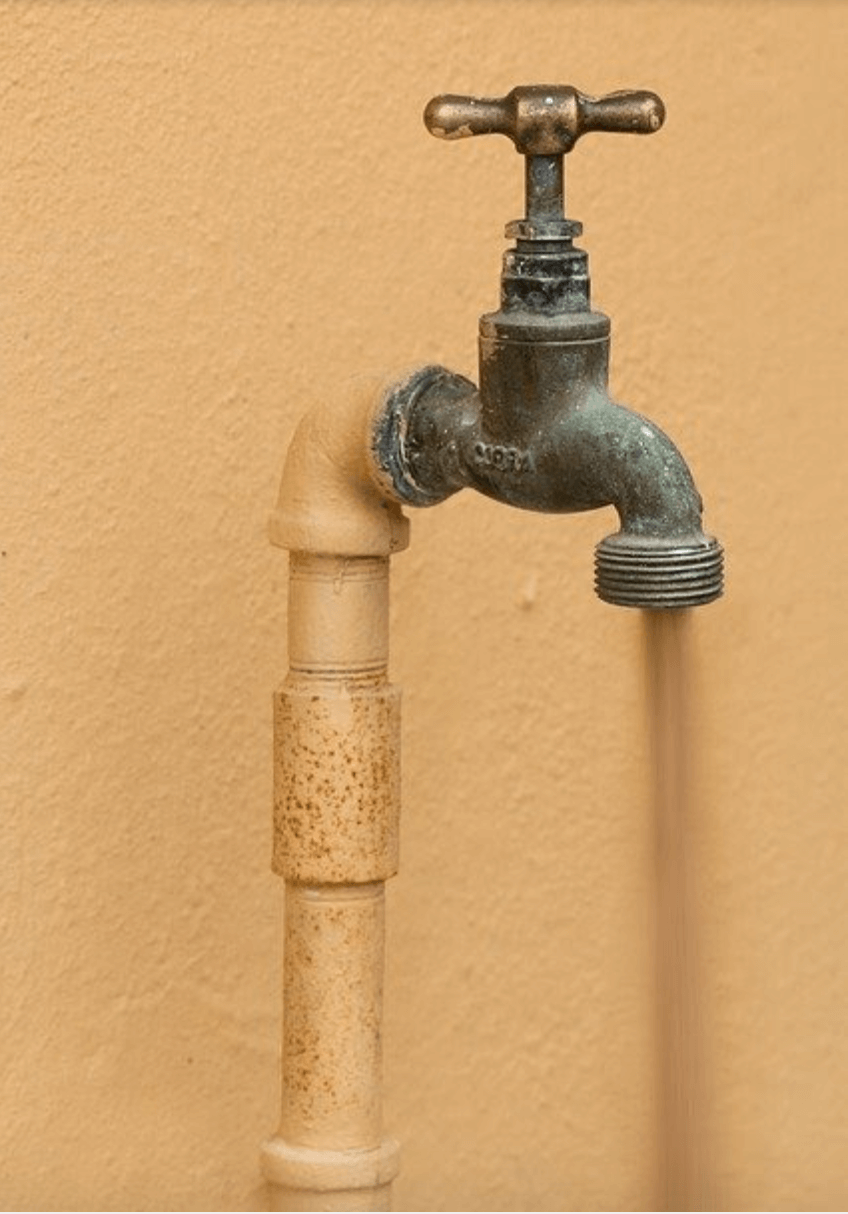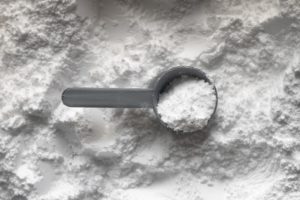We’ve all had the frustrating experience of going into the kitchen, reaching to turn on the tap, and hearing nothing but a low drip from the faucet. Water heater problems can be messy and frustrating, however, they are also preventable. In this article, we will explore some common problems with water heaters and how to deal with them.

What Causes Water Heater Problems?
There are a number of factors that can contribute to the faulty operation of your gas or electric water heater:
- Age
- Poor Maintenance
- Mechanical Damage
- Unsafe Operation
- Environmental Factors
- Improper Usage
A water heater is considered to be an old appliance if it’s more than 8 years old. The average lifespan of a gas or electric water heater is approximately 10-15 years. Automatic water heaters often last longer thanks to regular maintenance and safety features, which are not available on older manual units. In addition, some models are designed and built to last longer than others. For example, a tankless water heater typically lasts longer because there are no pressure vessels and other complex mechanisms involved in its operation. When thinking about specific problems – leaking problems are among the most common ones that occur. If you want to know how to prevent one you must read a lot of online advice so you don’t make any mistakes. In the end, the fact is that if you have not serviced your water heater within the past 5 years, then it’s highly likely that you will have at least one problem with it.
You can’t blame your water heater for not working if you haven’t taken a moment to properly inspect it and maintain it. To start, let’s take a look at the common problems that plague these appliances.
Low Pressure or Heating Issues
If hot water isn’t coming out in full force from your faucet, there is likely an issue with the thermostat or elements of the tank. The thermostat regulates how much energy is used throughout the day while keeping the temperature consistent. This allows for lower energy costs and longer element life (which are more expensive to replace). A broken thermostat will need replacement but may also be repaired by some handymen. As far as elements go, low pressure is a sign of an element that has blown and will need replacement.
Tank and tankless water heaters
There are two types of water heaters: tank and tankless. Tank water heaters have one or more electric heating elements inside the hot water storage tank. When you turn on your tap, cold water travels through the pipes to the bottom of the tank where it enters an inlet valve attached to the bottom of an element. This valve opens briefly and allows just enough hot water from the top of the tank to mix with cold at a precise temperature before being directed into your faucet via another set of valves (a mixing valve). If this seems like it should be too complicated for something as simple as making hot water – you’re right. This is why it’s important to have a more efficient storage tank rather than an open heater. A well-maintained water heater can last as long as 15 years, so investing in a tankless model may be worth your while.
Open Heaters
These kinds of systems do not use a conventional hot water storage tank. Instead, they heat the cold water on-demand and directly inject it into your faucet at the requested temperature. If you happen to live in an area with a lot of sediment or mineral buildup in the pipes, this type of system will save you from having to replace clogged pipes and maintain them regularly. However if you don’t find yourself living in that kind of environment, there are some downsides to these types of systems. For one, an open heating system (tankless) requires the use of a larger safety valve than a conventional hot water heater. Besides that, this type of hot water system is more expensive to purchase and maintain than a tank-type heater.
How Do I Fix It?
You can always call in a professional if you aren’t comfortable with doing the work yourself, but if you feel like it’s something you can handle, follow these instructions: Turn off your electric or gas supply to the unit. Drain any excess water from the unit by opening all drain lines until no more water comes out. Disconnect the electrical connection at both ends and remove fuses or circuit breakers according to local code. Be sure to note the color coding for each wire connection (black and white = power; tan = hot water in; green or blue= cold water in) Remove the drain valve from the bottom of the tank and attach a hose to it that carries to an outdoor sump-pump pit, drain on slab or yard, etc. You can use this to empty several gallons at a time before draining them by hand. Remove all brackets holding tanks in place before disconnecting any brackets attached to the unit for support during installation. Use caution when carrying heavy water heater tanks as they are quite heavy and awkward. To install a new unit simply reverse the procedure making sure you have proper voltage coming into the electrical box provided with the unit, a working gas line nearby which properly venting to the outside of the home, and a drain line attached to the bottom of the unit for water removal.
How Do I Prevent It?
A well-maintained water heater is crucial to preventing problems in your hot water system. This means keeping it cleaned and inspected regularly, especially if you find yourself having hard water issues with lime buildup. If your unit has been operating for a long time without maintenance, you should consider replacing it as most units wear out over time and need replacement eventually. However, by taking care of them now, you’ll save yourself costly repairs in the future!

A variety of problems can occur with water heaters. The overall goal though for any homeowner is to make sure that they are providing themselves and their families with quality water. This is most effectively done by investing in a high-quality water heater and then keeping it in good working condition. The unfortunate reality for some homeowners is that they get a lemon on their hands from the start. That is why it is essential to do your homework before making any purchases.





